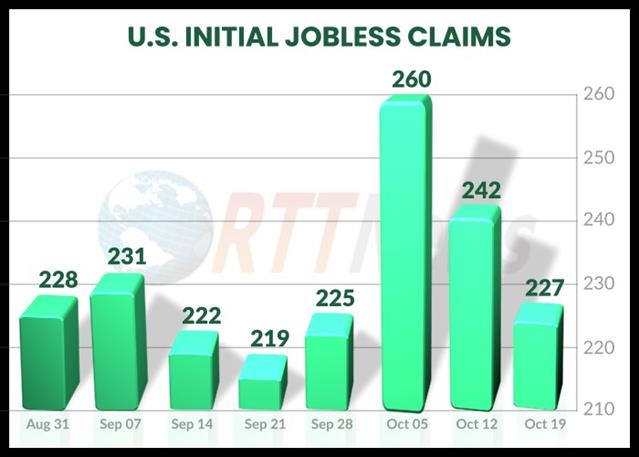Nasdaq, S&P 500 Recover From Early Weakness To Reach Record Highs
The major U.S. stock indexes all moved to the downside in early trading on Tuesday but turned mixed over the course of the session. While the Nasdaq and the S&P 500 recovered from the early weakn...

The major U.S. stock indexes all moved to the downside in early trading on Tuesday but turned mixed over the course of the session.
While the Nasdaq and the S&P 500 recovered from the early weakness to reach new record closing highs, the narrower Dow climbed off its worst levels but spent the rest of the day in negative territory.
The Nasdaq jumped 151.07 points or 0.9 percent to 17,343.55 and the S&P 500 rose 14.53 points or 0.3 percent to 5,375.32, but the Dow fell 120.62 points or 0.3 percent to 38,747.42.
The advance by the tech-heavy Nasdaq was partly due to a surge by shares of Apple (AAPL), with the tech giant surging by 7.3 percent to a record after unveiling new AI features that may drive users to upgrade their devices.
Meanwhile, traders also continued to look ahead to two potentially major market moving economic events on Wednesday.
Early trading on Wednesday is likely to be driven by reaction to the Labor Department’s closely watched report on consumer price inflation in the month of May.
Economists expect consumer prices to inch up by 0.1 percent in May after climbing by 0.3 percent in April, while core consumer prices, which exclude food and energy prices, are expected to increase by 0.3 percent for the second straight month.
The annual rate of growth by consumer prices is expected to come in unchanged at 3.4 percent, but the annual rate of core consumer price growth is expected to slow to 3.5 percent in May from 3.6 percent in April.
The data could have a significant impact on the outlook for interest rates ahead of the Federal Reserve’s monetary policy announcement later in the day.
While the Fed is widely expected to leave interest rates unchanged, traders are likely to pay close attention to the accompanying statement as well as officials’ latest projections for the economy and interest rates.
Sector News
Banking stocks moved sharply lower, dragging the KBW Bank Index down by 2.0 percent to its lowest closing level in nearly two months.
Considerable weakness was also visible among housing stocks, as reflected by the 1.4 percent loss posted by the Philadelphia Housing Sector Index.
Airline stocks also showed a significant move to the downside on the day, with the NYSE Arca Airline Index falling by 1.4 percent.
Brokerage, gold and steel stocks also moved notably lower, while strength among software, computer hardware and networking stocks contributed to the advance by the Nasdaq.
Other Markets
In overseas trading, stock markets across the Asia-Pacific region turned in another mixed performance during trading on Tuesday. Japan’s Nikkei 225 Index rose by 0.3 percent, while China’s Shanghai Composite Index slid by 0.8 percent.
Meanwhile, the major European markets all moved to the downside on the day. While the French CAC 40 Index tumbled by 1.3 percent, the U.K.’s FTSE 100 Index slumped by 1.0 percent and the German DAX Index fell by 0.7 percent.
In the bond market, treasuries regained ground following the pullback seen over the two previous sessions. Subsequently, the yield on the benchmark ten-year note, which moves opposite of its price, slid 6.5 basis points to 4.404 percent.
- Check out our free forex signals
- Follow the top economic events on FX Leaders economic calendar
- Trade better, discover more Forex Trading Strategies
- Open a FREE Trading Account


